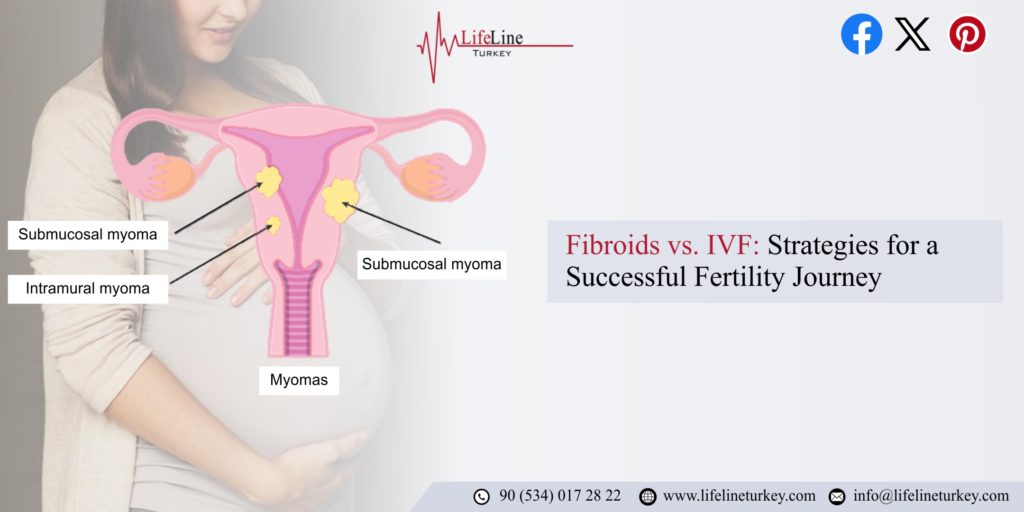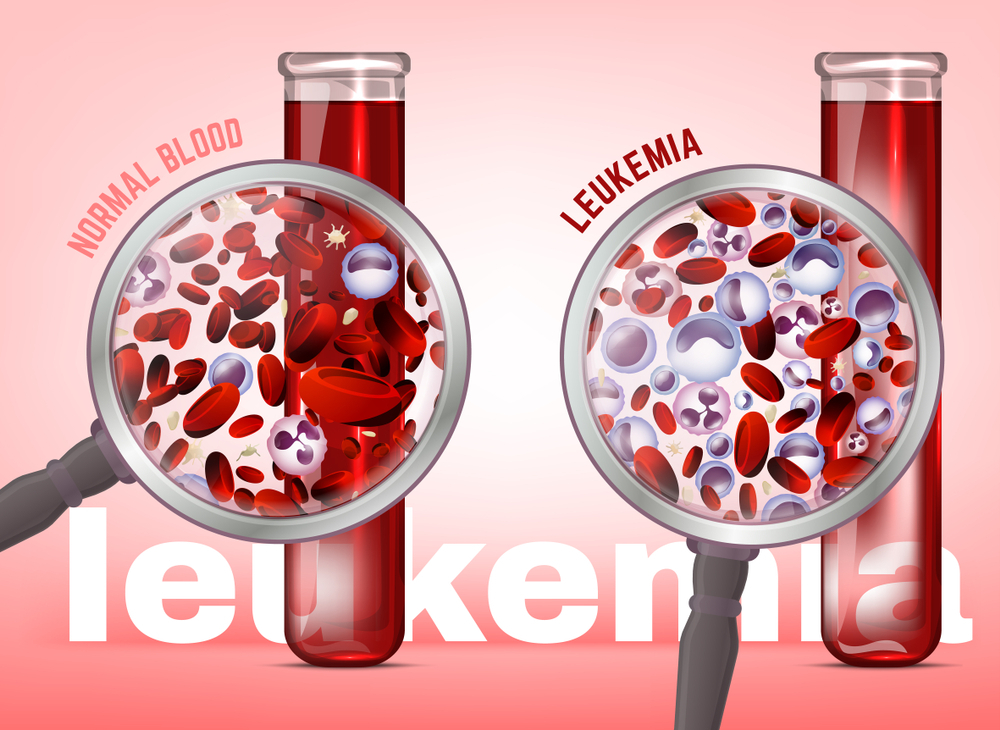Embarking on a fertility journey can be a roller-coaster of emotions and decisions, especially when faced with the challenge of fibroids. Fibroids, noncancerous growths in the uterus, can significantly impact fertility. IVF Treatment in Turkey is a common fertility treatment for those struggling to conceive. Understanding how fibroids and IVF intersect and employing effective strategies can optimize the chances of a successful fertility journey.
Understanding Fibroids
Fibroids, also known as uterine leiomyomas or myomas, are benign tumours that develop in the smooth muscle layer of the uterus. The type depends on their number, size, and location within the uterus. Fibroids can affect fertility by blocking the fallopian tubes, disrupting the shape of the uterus, or affecting blood flow to the uterus.
Impact of Fibroids on Fertility
- Disruption of the Uterine Cavity: Fibroids within the uterine cavity can distort the shape of the uterus, making it difficult for a fertilized egg to implant and grow properly.
- Obstruction of Fallopian Tubes: Large fibroids can block the fallopian tubes, hindering the movement of sperm and eggs, which is crucial for natural conception.
- Interference with Blood Flow: Fibroids can disrupt the normal blood flow to the uterine lining, affecting embryo implantation.
In Vitro Fertilization (IVF)
IVF is an assisted reproductive technology that involves fertilizing an egg with sperm in a laboratory dish and transferring the resulting embryo to the uterus. It’s a widely used fertility treatment for various causes of infertility, including issues related to fibroids.
- Fibroids and IVF Compatibility: IVF can be a viable option for individuals with fibroids, especially if the fibroids are small and located away from the uterine cavity or fallopian tubes.
- Addressing Fibroids before IVF: Depending on the size and location of the fibroids, a healthcare provider may recommend removing them before undergoing IVF to optimize the success of the treatment.
Strategies for a Successful IVF Treatment in Turkey
- Comprehensive Consultation with Specialists: Seek consultation with a reproductive endocrinologist and infertility specialist. They can provide a thorough evaluation of your fertility situation, including the impact of fibroids, and recommend suitable treatment options.
- Fibroid Assessment: Conduct a detailed assessment of the fibroids, including their size, number, and location. This assessment will guide the decision-making process regarding whether fibroid removal is necessary prior to IVF.
- Fibroid Management Options: Discuss the management options for fibroids, such as myomectomy (surgical removal of fibroids) or uterine artery embolization. These procedures can be performed to improve fertility outcomes before pursuing IVF.
- Customized IVF Treatment Plan: Collaborate with your fertility specialist to develop a personalized IVF treatment plan that considers the presence of fibroids. Tailoring the IVF protocol to your specific situation can enhance the chances of success.
- Lifestyle Modifications: Adopt a healthy lifestyle by maintaining a balanced diet, regular exercise, managing stress, and avoiding harmful habits like smoking or excessive alcohol consumption. These lifestyle changes can positively impact fertility and IVF outcomes.
- Emotional Support and Counseling: Seek emotional support from a mental health professional or support groups specializing in fertility challenges. The emotional aspect of a fertility journey is crucial, and having a strong support system can help manage stress and anxiety.
Treatment Options to Cure Fibroids
Treatment options for fibroids and fertility challenges vary based on factors such as the size, location, and number of fibroids, as well as an individual’s specific fertility concerns. Here are common treatment options for fibroids and their impact on fertility:
- Watchful Waiting and Monitoring: For small fibroids that are not causing significant symptoms or fertility issues, a “watch and wait” approach may be adopted. Regular monitoring through imaging and check-ups can be recommended to track any changes in the fibroids.
- Medications: Medications may be prescribed to manage symptoms associated with fibroids, such as heavy menstrual bleeding and pelvic pain. These medications include hormonal therapies like birth control pills, gonadotropin-releasing hormone agonists (GnRH agonists), and progesterone-releasing intrauterine devices (IUDs).
- Uterine Artery Embolization (UAE): UAE is a minimally invasive procedure where the blood supply to the fibroids is blocked, causing them to shrink. It can be considered for women with symptomatic fibroids who wish to preserve their fertility.
- Myomectomy: A myomectomy is a surgical procedure to remove fibroids while preserving the uterus. This option is suitable for those with fibroids affecting fertility, particularly when the fibroids are within the uterine cavity or blocking the fallopian tubes.
- Hysteroscopic Myomectomy: This is a minimally invasive surgical procedure to remove fibroids that are bulging into the uterine cavity (submucosal fibroids). It’s performed using a hysteroscope, a thin, lighted tube inserted through the vagina and cervix.
- Laparoscopic or Robotic-Assisted Myomectomy: This procedure involves removing fibroids through small incisions in the abdomen using specialized instruments. It is an option for fibroids located on the outer surface of the uterus (subserosal fibroids).
- Laparoscopic Radiofrequency Ablation (Lap-RFA): Lap-RFA is a newer, minimally invasive technique that uses radiofrequency energy to destroy fibroid tissue. It is an option for smaller fibroids and may preserve fertility.
- Endometrial Ablation: In circumstances where fertility is not a concern, endometrial ablation may be a choice to control fibroids’ heavy menstrual bleeding. This procedure involves removing or destroying the uterine lining.
- In Vitro Fertilization (IVF): IVF can be pursued if fibroids are not significantly impacting the uterine cavity or fallopian tubes. IVF involves stimulating the ovaries to produce eggs, fertilizing them in the lab, and transferring the resulting embryos into the uterus for implantation.
- Gonadotropin-Releasing Hormone (GnRH) Agonists: GnRH agonists may be used temporarily before fertility treatments to shrink fibroids and improve the chances of a successful IVF cycle.
Final Words
If you have fibroids and want to go for علاج العقم بتركيا. Consult our reproductive endocrinologist or fertility specialist to determine the most suitable treatment. Take your decision after a comprehensive evaluation and discussion of the potential benefits, risks, and implications for fertility. Book your appointment today with Lifeline Turkey to know more.


